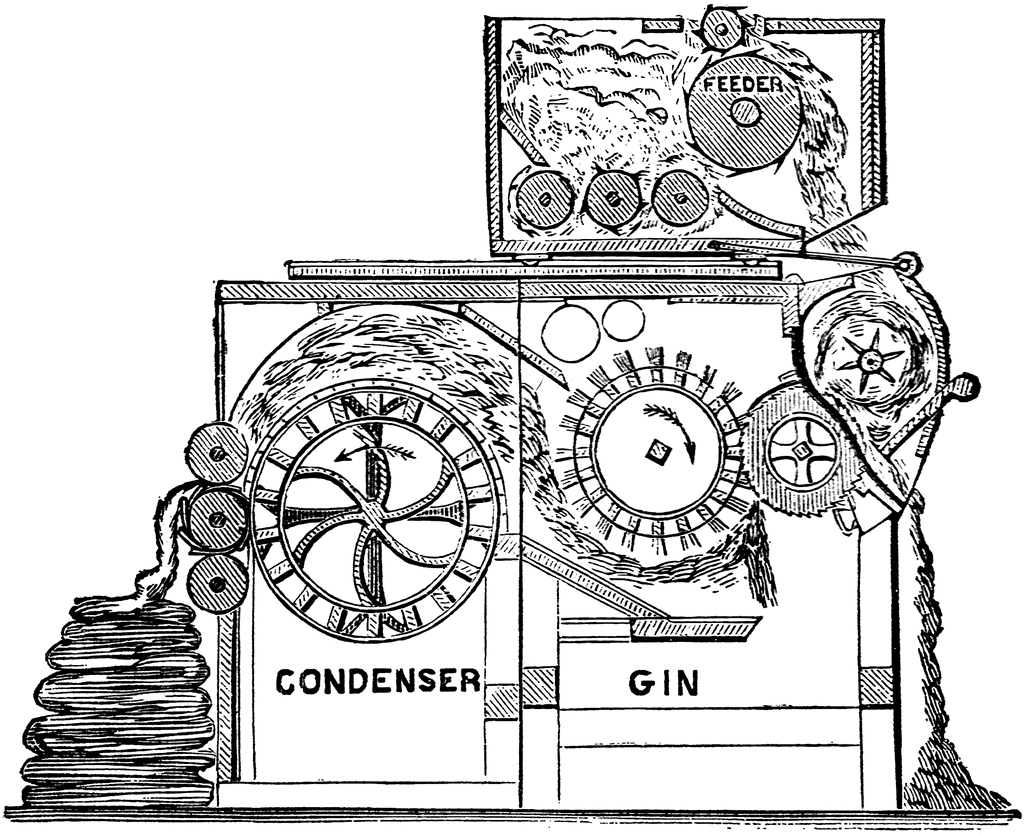- Imagine a farmer whose farm produces 100 bushels of wheat. He hires 10 workers to bring in the wheat, paying each of them 9 bushels. Thus, each worker carries 10 bushels, the wage is 9, the wage bill is 90, and the farmer earns 10.
- Now suppose that due to climate change or a swarm of locusts the farm only produces 90 bushels of wheat. The farmer doesn’t want to reduce everyone’s wages, however, because that will reduce morale so he fires one worker leaving nine.
- Each worker now brings in 10 bushels, as before, and is paid a wage of 9, for a total wage bill of 81 leaving the farmer with 9 bushels. The unemployment rate is 10%.
- The unemployed worker doesn’t want to be unemployed and offers to work for less, a lot less, say 5 bushels. The best the farmer can do in response to the lower wage offer by the unemployed worker is to fire an employed worker and hire the unemployed worker at the lower wage.
Pretty dismal, huh? One solution to the problem, besides a long-drawn march toward equilibrium, would be for the fired worker - Now suppose that due to climate change or a swarm of locusts the farm only produces 90 bushels of wheat. The farmer doesn’t want to reduce everyone’s wages, however, because that will reduce morale so he fires one worker leaving nine.
- Each worker now brings in 10 bushels, as before, and is paid a wage of 9, for a total wage bill of 81 leaving the farmer with 9 bushels. The unemployment rate is 10%.
- The unemployed worker doesn’t want to be unemployed and offers to work for less, a lot less, say 5 bushels. The best the farmer can do in response to the lower wage offer by the unemployed worker is to fire an employed worker and hire the unemployed worker at the lower wage.
to become an entrepreneur and offer a new product or service that the farmer could not refuse. For example, if the cause of the malaise is climate change, the farmer would love to have a new low-flow irrigation system. If it's the locusts, he would probably buy a novel insect repellent. Note that a mere restoration of production will not do the trick because the same 100 bushels of income now come with a higher price tag: 90 bushels to be paid for work plus the cost of innovation.
To make the same 10 bushels in wages, the worker, turned entrepreneur, has to come up with at least a 100-bushel(!) improvement, not counting the investment.
100 (old) + 100 (new) = 180 (wages for 20 workers) + 10 (entrepreneur) + 10 (farmer)
To compensate the farmer for the risk and double his profits, the entrepreneur would have to triple farmland productivity.
100 (old) + 200 (new) = 270 (wages for 30 workers) + 10 (entrepreneur) + 20 (farmer).
Taking into account the risks of entrepreneurship [9 out 10 startups fail], venture capitalists' share of the profits, and other grim realities of innovation, a cost-effective invention should probably bring a 10X improvement in farmland productivity.
Once the improvement proves itself and becomes widely known, other farmers rush to adopt it, and our entrepreneur becomes insanely rich, provided he patented his invention.
In any case, the unsuspecting unemployed farm workers become the main beneficiaries of our man's entrepreneurship efforts. And since the rise in labor demand would be unsustainable, there would be huge increase in demand for labor-saving innovations as well.
Arguably, this is the story of the industrial revolution triggered by the invention of the cotton gin.
tags: 10x, innovation, economics, problem, example

No comments:
Post a Comment